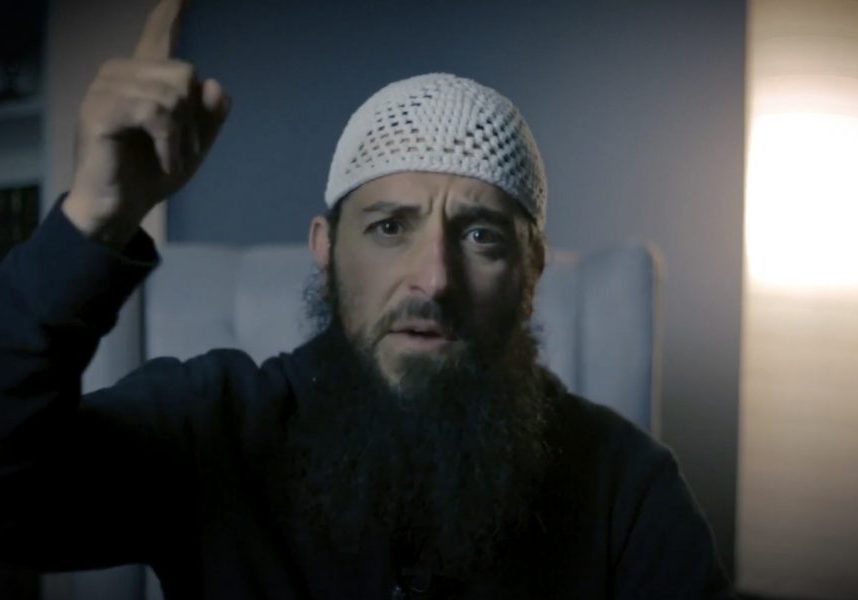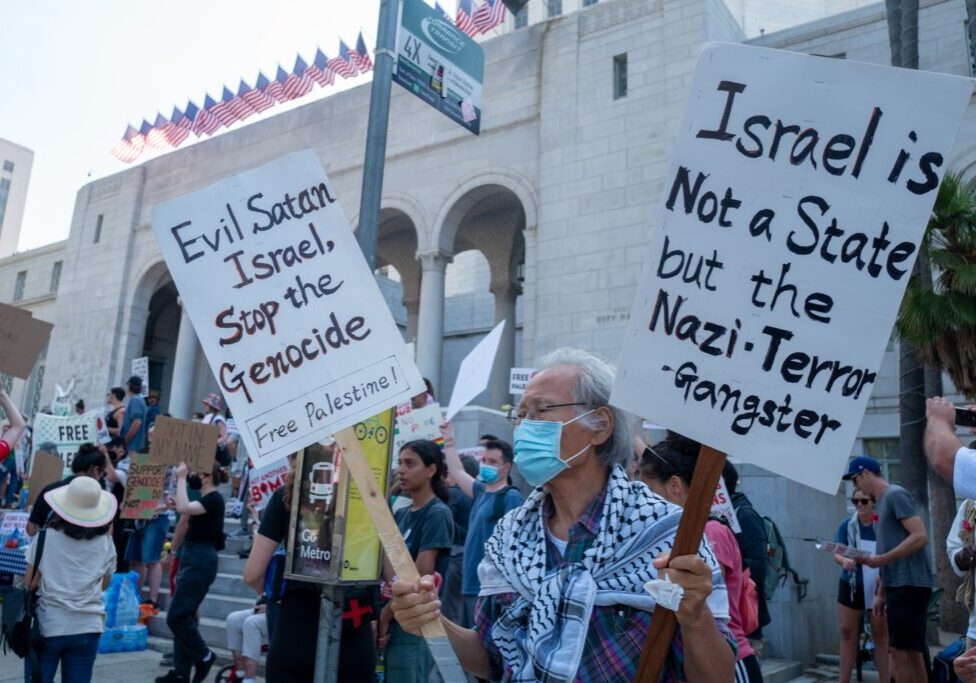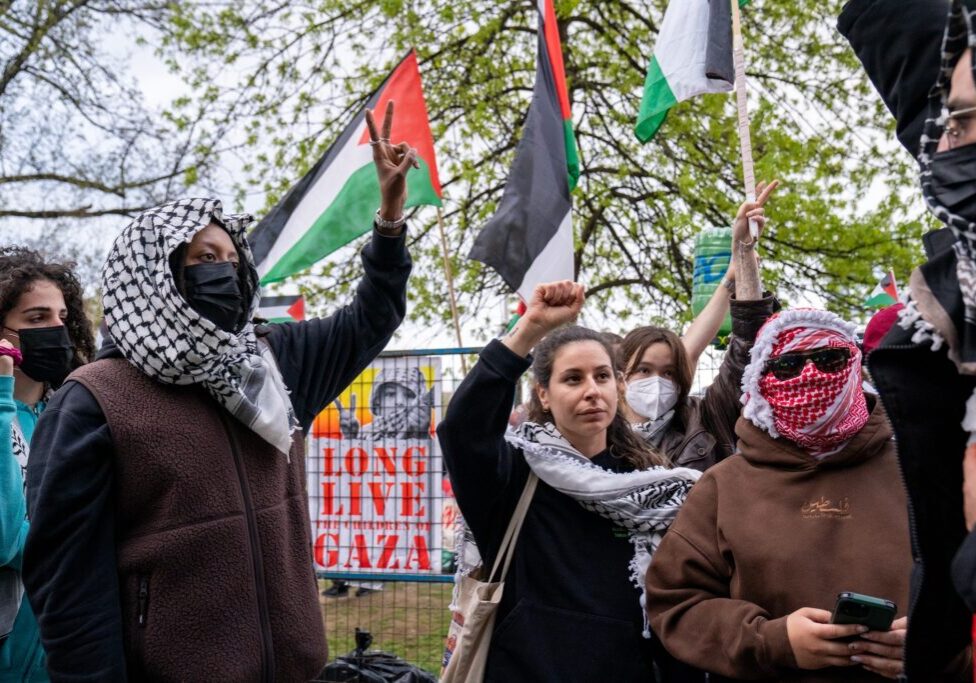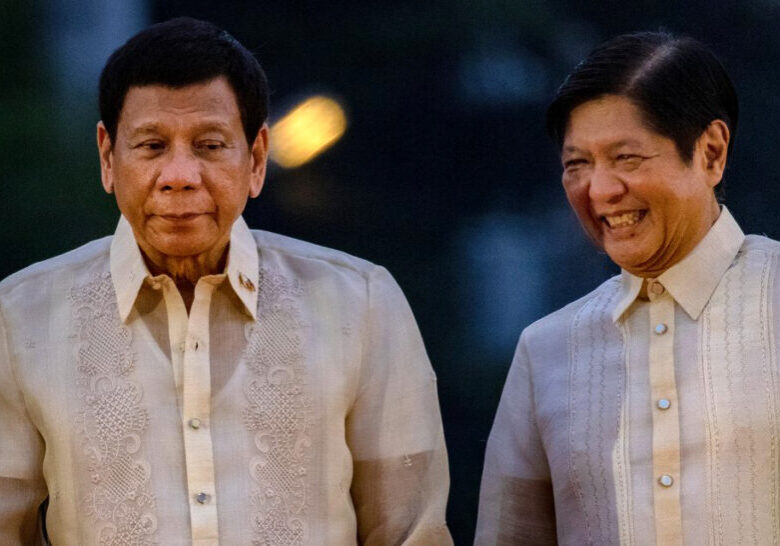Australia/Israel Review
Gaza, Hamas and the PRC
Aug 30, 2011 | Jonathan D. Halevi
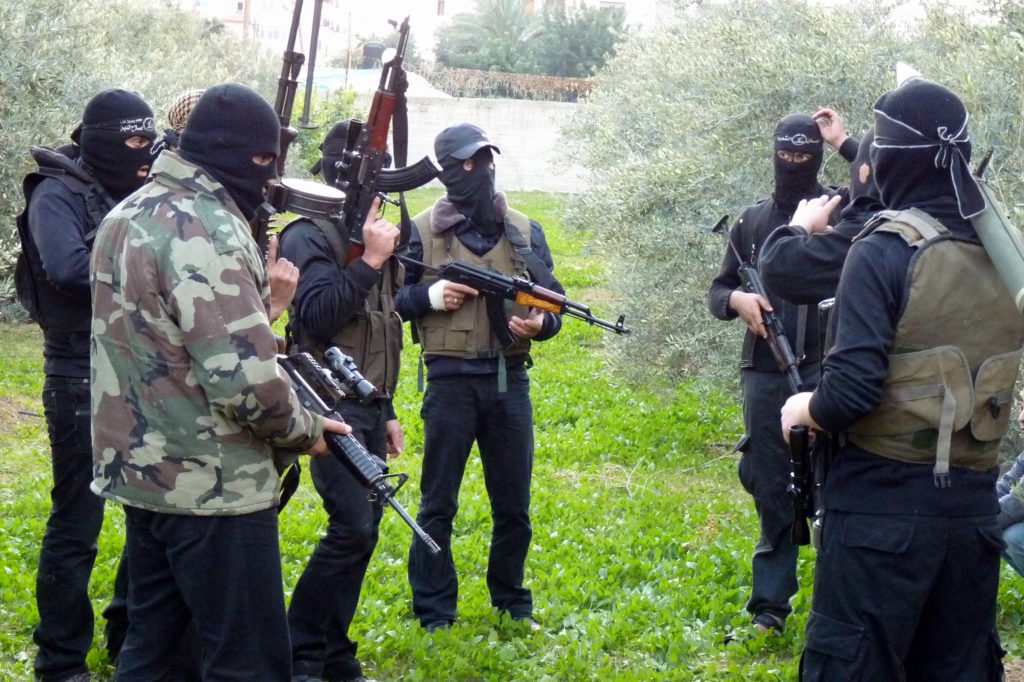
Jonathan D. Halevi
The terrorist attack in southern Israel on August 18 in which eight Israelis were killed – six civilians and two from the security forces – was initiated and executed by the Palestinian terrorist organisation known as the “Popular Resistance Committees”, which operate as a terrorist arm of Hamas. The operation represents a change in the approach of Hamas toward the issue of the “Arab Spring”, from acting only passively as an observer, limiting itself to damage control, to an entirely new stance in an attempt to reshape reality in the Middle East.
The Popular Resistance Committees were established at the beginning of the Second Intifada at the end of September 2000 by Jamal Abu Samhadana, who brought together under his command former officers who served in the Palestinian security services as well as activists from Fatah, Palestinian Islamic Jihad, the Popular Front for the Liberation of Palestine, and other groups. The ideology of the Popular Resistance Committees is based on an extremist version of Islamism, which places the organisation in the same category as Hamas, Palestinian Islamic Jihad, and even al-Qaeda. The Popular Resistance Committees were responsible for the October 2003 bombing attack on a US convoy in Gaza in which three American security personnel were killed.
Islam, in their view, is seen as the solution, or even a cure, for all the problems of the Palestinian people. The leadership of the Popular Resistance Committees believes that both “resistance in all its aspects” and “jihad as the way of Allah” are the only paths to liberate all of Palestine. Hezbollah is perceived, in this context, as an exemplar model of how to wage the struggle against Israel.
The ideological affinity between the Popular Resistance Committees and Hamas is also expressed through a strategic alliance which includes close operational and political cooperation in recent years. The Popular Resistance Committees backed the Hamas demand to hold Palestinian parliamentary elections, as planned, in 2006 and supported their religious approach which sought legal justifications for participating in the elections. During the election campaign, the Popular Resistance Committees stood on the side of Hamas and their activists were instructed to assist Hamas with its propaganda on behalf of candidates for Hamas’ Change and Reform list.
In the security arena, their strategic alliance was expressed through the appointment of Jamal Abu Samhadana as general supervisor of the Ministry of the Interior and National Security, with responsibility for the security forces in the Gaza Strip. The Popular Resistance Committees joined forces with Hamas and Jaish al-Islam (the Army of Islam), which is identified with al-Qaeda, in order to conduct an attack in June 2006 on Israeli forces inside Israel, just north of Gaza, in which IDF soldier Gilad Shalit was kidnapped.
Jaish al-Islam was involved in the kidnapping of foreign journalists, including Alan Johnston of the BBC and two journalists from Fox News. It has also been accused recently by senior Egyptian officials of organising attacks in Egypt for al-Qaeda, including a suicide bombing attack on a Coptic Church in Alexandria in January 2011, which killed 25 people.
Hamas security forces accepted into their ranks many activists from the Popular Resistance Committees, some of whom became senior officers. In all the military confrontations with Israel, including the Gaza Operation in 2009, operatives of the Popular Resistance Committees fought shoulder-to-shoulder alongside Hamas forces.
In recent years, the Sinai Peninsula has provided Palestinian terrorist organisations with a base for the transfer of weapons to Gaza and for infiltrating Israel for operational purposes or for building up a terrorist infrastructure in the West Bank for attacks on Israel. In October 2005, Israeli security forces stopped a terrorist unit near Mitzpe Ramon which included three senior operatives from the Popular Resistance Committees. The unit had traveled from Gaza through Sinai and was headed for Jenin in the West Bank, where it planned to link up with the terrorist infrastructure in the city. Its goal was to build up its operational capabilities in the West Bank, including the manufacture of high-trajectory weaponry such as rockets and mortars.
The responsibility for the recent attack in southern Israel belongs to Hamas, which employs various terrorist wings and provides them with sanctuary in its territory, including those that identify with al-Qaeda, like Jaish al-Islam. At the root of this policy are both tactical and strategic considerations. The combined attack that the Popular Resistance Committees conducted along the Egyptian-Israeli border was intended to cause mass casualties among Israeli civilians and perhaps was supposed to involve the kidnapping of Israeli soldiers and civilians.
Moreover, Hamas hopes to escalate the confrontation with Israel in order to influence the direction of the popular revolts in the Arab world and direct them to the issue of Palestine. Hamas sees the “Arab Spring” as an enormous opportunity to recruit the Arab masses against the pragmatic Arab regimes in order to force them to adopt a more anti-Israel policy. The operation in southern Israel sets the stage for a broad-based military escalation in Gaza during the month of Ramadan that could create shockwaves across the Arab world, where leaders are already having a difficult time dealing with the popular revolts of recent months.
This Hamas policy replicates that of the Muslim Brotherhood, which is the parent organisation of Hamas. The Muslim Brotherhood stresses the need to exploit the “Arab Spring” for mobilising the masses to overthrow the Arab regimes as the first step towards liberating Palestine. After the fall of Mubarak, coordination between Hamas and the Muslim Brotherhood has grown. Khaled Meshaal, the head of the Hamas political bureau, was just in Cairo meeting with the head of the Egyptian Muslim Brotherhood, Muhammad Badi. In summary, the “Arab Spring” could become for Israel a “Security Autumn”, as the skies darken due to regional developments.
Lt. Col. (ret.) Jonathan D. Halevi is a senior researcher on the Middle East and radical Islam at the Jerusalem Center for Public Affairs. He is a former adviser to the Policy Planning Division of the Israel Ministry of Foreign Affairs. © Jerusalem Centre for Public Affairs (www.jcpa.org), reprinted by permission, all rights reserved.
Tags: Islamic Extremism

